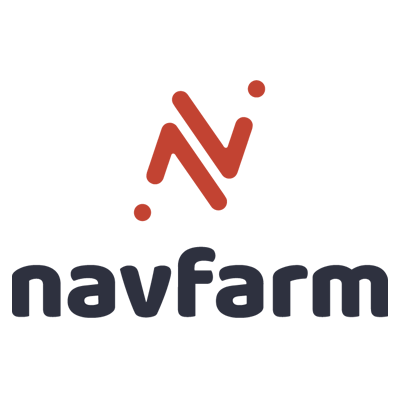In today’s world, IoT needs no introduction. It finds its utility in almost every areas of our life. Furthermore, in the previous four years, we have managed to find more complex integration of IoT to make life easier. In this article, we will discuss about effectiveness of IoT in livestock management. When the context is livestock, the main goal is to be more and more efficient and productive.
Also, there is a lot of manual work involved including driving out pasture several times a day. So, some works like monitoring herd and feeding livestock can be managed from a remote area using IoT. Because IoT enables farmers to watch remote locations from one centralized location, they can more efficiently watch a larger number of livestock and get more detail on each individual animal using the data collected. Farmers can choose to watch everything from each animal’s health, location, eating habits and reproductive cycle to the herd’s grazing and movement patterns in a pasture.
Health is a major concern when it comes to livestock management. IoT solutions let farmers closely watch the health of their livestock, which can be an effective way to prevent losses. Solutions generally employ livestock wearable’s that stream data to the cloud. Connected sensors in the wearable can watch blood pressure, heart rate, respiratory rate and other vitals. These data allow a farmer to get an alert at the first sign of illness. Without IoT monitoring, problems like a feed issue or illness in a herd may go undetected until one or more animals require veterinary care. With sensors continuously measuring each individual animal’s condition and behavior, farmers can avoid those costs by taking corrective action sooner.
Another major concern is, milking the livestock. Modern, smart and intelligent machines can milk the cows and can save a lot of time. IoT device around a cow’s neck alerts the robot to the identity of the milking cow, individualizing the session for her. Moreover, when the animals spread over multiple acres of land, location tracking becomes important. Tracking location allows a farmer to immediately locate a sick animal or an animal who has gone into heat and separate it from the herd to provide treatment.
IoT also plays a major role in monitoring the reproductive cycles in livestock. It makes it easy to track the reproductive cycles especially when the farm covers several acres of land. If the cows are in from the field, a more advanced system with IoT-controlled fencing can automate the process of corralling the cow in heat away from the rest of the herd and into a chute for artificial insemination. When the cow goes into labor, an IoT sensor can send an alert to the farmer, making the calving process safer while eliminating the need for the farmer to continually check on the cow to see if she has started calving.
All this IoT implementation can save a lot of time and man power. Consequently, the farmer or owner gets a lot of benefits from the livestock. Thank You.
